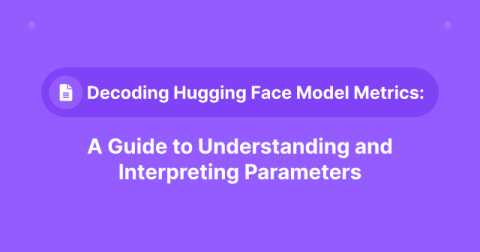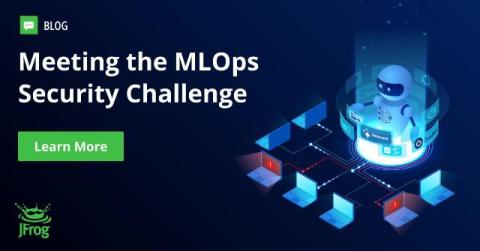Decoding Hugging Face Model Metrics: A Guide to Understanding and Interpreting Parameters
Understanding the cost of deploying a Hugging Face model involves considering compute requirements, inference time, and hardware pricing. Let’s break it down.











